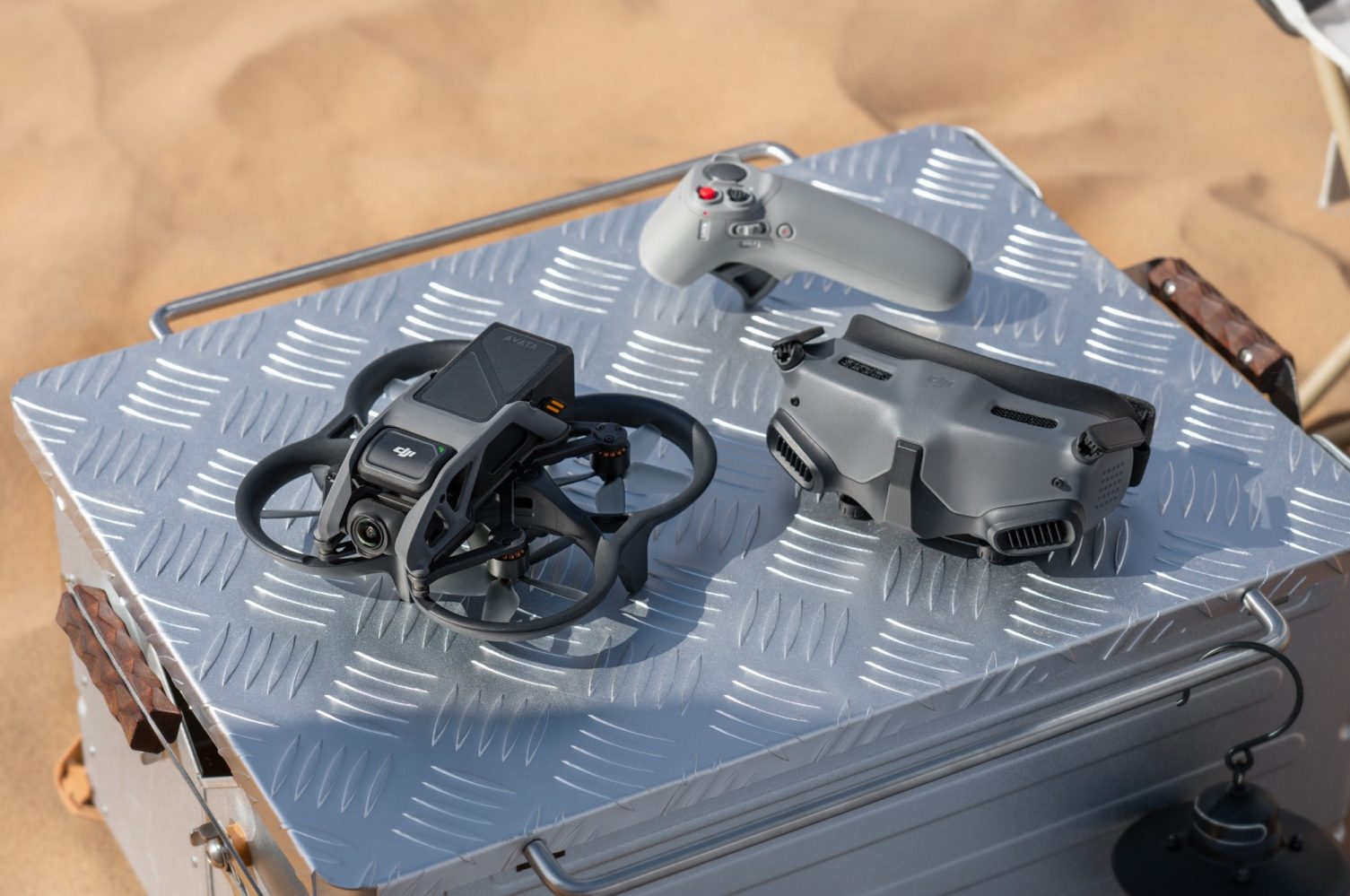
DJI has released a new version of the Fly app, adding support for the just-launched FPV drone Avata and DJI Goggles 2.
The support for DJI’s latest products comes with Fly app version 1.7.0. In addition to making the app compatible with the CineWhoop-style drone and its accompanying headset, the update also fixes certain issues and optimized the overall quality of the app.
DJI realizes that there would be many users who would experience the power of immersive flight for the first time with the new Avata. As such, the new version of the Fly app contains detailed tutorials on how to operate the drone.
In the meantime, the world’s biggest consumer drone maker also recommends new pilots use a free simulator app called DJI Virtual Flight to familiarize themselves with drone flying movements in an easy, fun, and risk-free environment. The simulator will allow pilots to fly DJI Avata in various settings using the dedicated controller.
It’s worth highlighting though that Avata, which is available to buy today at a starting price of $629, already comes with many safety features built-in; there’s a dedicated Emergency Brake and Hover feature to stop the drone and hovering in place at any time during the flight. Failsafe Return to Home brings the drone back to its home point automatically with a press of a button, or in the event that transmission is lost or the battery reaches a critically low level.
And while the drone’s propeller guards make the fuselage more durable and greatly reduce the
probability of risk, pilots can fly in peace knowing that the drone can flip itself up even if it were to land on its back after a collision.
Wait, there’s more. DJI Avata is equipped with both an Infrared Sensing System and a two-camera Downward Vision System. They help the aircraft maintain its current position, hover more precisely, fly indoors or in other environments where satellite navigation is unavailable, and identify areas such as bodies of water that are not suitable for landing.
Moreover, Avata uses DJI’s GEO 2.0 geofencing system to advise pilots of airspace restrictions and potential hazards, and to automatically prevent drones from flying near certain high-risk locations, such as airports. The drone also features DJI’s AirSense ADS-B receiver system to warn drone pilots when airplanes or helicopters are nearby, and broadcasts DJI’s AeroScope signal to help authorities monitor airborne drones in sensitive locations.
You can find out more about Avata in our in-depth coverage here.
Read more: After DJI Mavic 3, three more drones receive EU class certificates
FTC: We use income earning auto affiliate links. More.




Comments